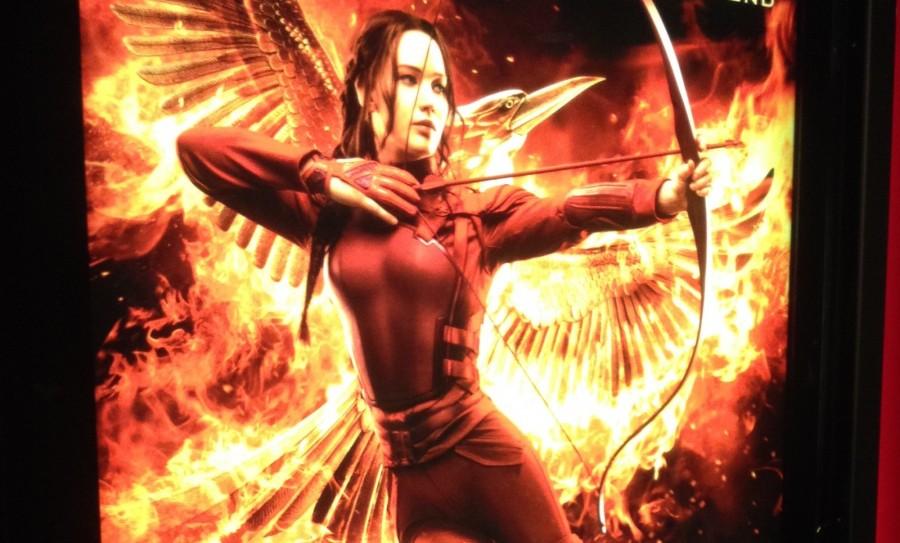“The Hunger Games: Mockingjay – Part 2” provides satisfactory ending for story of the “Girl on Fire” (Has Video)
December 1, 2015
By Jasmine Sun
Staff Writer
@Imagipsych
The fight against the Capitol’s muttations got my heart pounding in fear. District Thirteen President Alma Coin’s cold manipulation of her people, got me to shiver. And the main character Katniss Everdeen, played by Jennifer Lawrence, struggling through grief and depression, got me to cry alongside her.
“The Hunger Games: Mockingjay – Part 2” is a decent finale for the movie series, and an improvement from “The Hunger Games: Mockingjay – Part 1’s” dragged-out and sometimes monotonous scenes.
The movie provides a good balance of action, romance, political intrigue and character development that can appeal to fans of all genres. It is all tied together by improved pacing that is sure to leave movie fans satisfied by the resolution to all the plot points and novel fans satisfied by the adaptation.
The movie begins after Katniss recovers from almost being strangled to death by Peeta Mellark, the main male character and love interest played by Josh Hutcherson, in “The Hunger Games: Mockingjay – Part 1.”
Katniss journeys through the Capitol, determined to kill the oppressive leader President Coriolanus Snow, and end his tyranny over the 13 districts. Accompanying her are Squad 451, her film team, Peeta and her other love interest Gale Hawthorne, played by Liam Hemsworth.
As someone that has read the series in addition to seeing the movies, I can definitively say that “The Hunger Games: Mockingjay – Part 2” mostly captures the emotional essence of the novel, something that I consider to be the most important aspect.
The movie emphasizes the pain and suffering ever present in conflict, and the physical and psychological scars of the people that are a part of it, but it also retains the idea of hope and healing that made the original novel an ultimately uplifting story.
Katniss and Peeta’s interactions are a prime example, as both Lawrence and Hutchinson have great acting and chemistry. You really get the feeling that rather than solely romance, their relationship is based on scarred people helping each other through their grief, bonding through their shared experiences.
Rather than just coming off as a superficial teenage fling, it adds a great deal of depth and meaning both to their connection and individual characters.
One thing I enjoyed about this movie is that it compressed some of the unnecessary parts of the novel, probably in response to criticism of “The Hunger Games: Mockingjay – Part 1”, and added some parts too.
It removed much of Katniss’ angst about the love triangle, as it often eclipsed the main plot, and it included extra scenes fleshing out the motivations and personalities of characters such as Coin and Snow.
The movie cut out much of Peeta’s struggle against the Capitol’s conditioning, causing it to seem as if he magically overcame his brutal torture. They also did the same for Katniss’ long training to regain her former athletic capabilities, and for the several months she spent in physical therapy after being caught in a bomb blast. To me, both of these aspects were vital in the book, and should have been included in the movie.
Removing these scenes causes the characters to become less realistic. They become superheroes, easily cheating death and shrugging off injuries that could kill a normal person. This trivializes the pain of post-traumatic stress disorder for not just the fictional Katniss, but real-life soldiers and survivors.
But this is only one criticism. Other than this, the movie does not disappoint.











